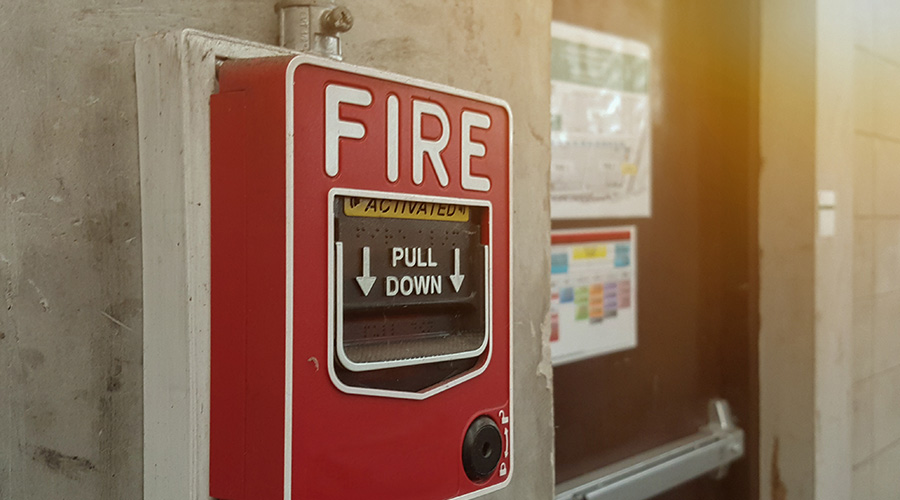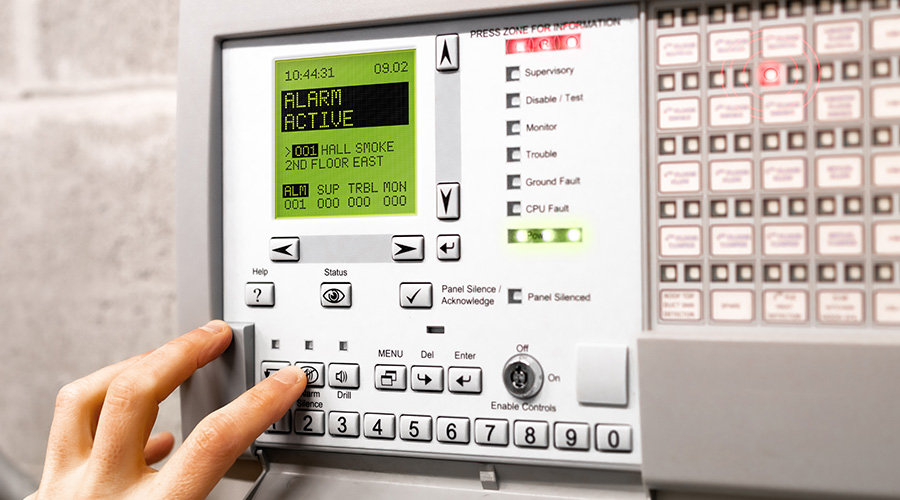Tips For Conducting Emergency Evacuation Drills
A plan is essential, of course. But it has to be tested and the people who play key roles have to be trained to make sure it actually works. That means conducting emergency evacuation drills.
The first thing to keep in mind during a drill is that mistakes are going to be made, and it's far better to make them and learn from them during a drill than have them occur during an actual emergency. During and after a drill, solicit feedback from occupants, even those whose only responsibility is to evacuate themselves, to find out what worked and what didn't. A bad result in a drill may mean people need more practice, or it may mean there's a fundamental flaw in the plan, and the only way to identify and correct the problem is to find out what happened from the people who were in the middle of it.
But, if you do find things that need to change, don't just keep running the same drill over and over. A drill that never changes can lead to people going through the motions, so do something similar to what Meng does with having people go "missing" or find some other way to shake things up.
"What do you do if there was an explosion on this side of the building?" says Jelenewicz. "Throw in some things to make people think about the plan."
In addition to overall drills, training is key for occupants filling specialized roles. In some cases, code may require certain roles to include things such as CPR training. But even beyond that, regular training helps ensure that the people filling these roles are staying sharp and engaged.
One area that has been a focus of training at Kennesaw State is how occupants can comfort those injured in an emergency. As Lang says, emergency responders often perform triage and quickly move on from those who are less seriously injured, so he and his team wanted to have a plan in place for ensuring those people didn't just get left alone in the immediate aftermath of a traumatic incident.
Overall, Kennesaw State's training and certification has four levels, with the fourth being rigorous enough that Lang says no one has yet achieved it. Each level requires a certain number of hours of continuing education, and each level has some sort of reward such as a challenge coin or a pin. The training can also be used to certify people as Community Emergency Response Team (CERT) qualified, which is another incentive for people to take part. CERT is a FEMA program.
"I don't believe in the rubber-stamp training — ' yeah, we do it once a year' — then people ignore it," Lang says. "This way, they're continually enhancing their skills."
Related Topics:
















